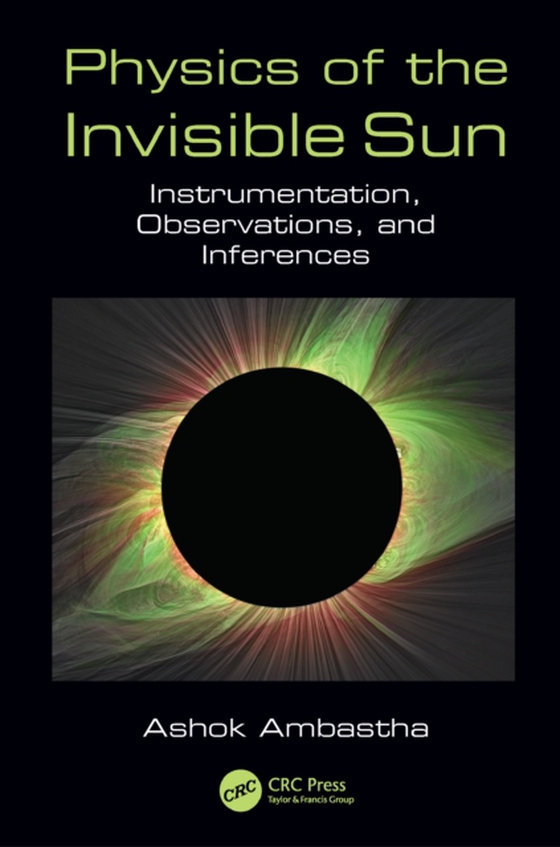
Physics of the Invisible Sun e-bog
546,06 DKK
(ekskl. moms 436,85 DKK)
Physics of the invisible Sun: Instrumentation, Observations, and Inferences provides a new updated perspectives of the dramatic developments in solar physics mainly after the advent of the space era. It focusses on the instrumentation exploiting the invisible windows of the electromagnetic spectrum for observing the outer, fainter layers of the Sun. It emphasizes on the several technical and ob...
E-bog
546,06 DKK
Forlag
CRC Press
Udgivet
27 marts 2020
Længde
300 sider
Genrer
Astrophysics
Sprog
English
Format
epub
Beskyttelse
LCP
ISBN
9781000760873
Physics of the invisible Sun: Instrumentation, Observations, and Inferences provides a new updated perspectives of the dramatic developments in solar physics mainly after the advent of the space era. It focusses on the instrumentation exploiting the invisible windows of the electromagnetic spectrum for observing the outer, fainter layers of the Sun. It emphasizes on the several technical and observational challenges and proceeds to discuss the discoveries related to energetic phenomena occurring in the transition region and corona.The book begins with giving a brief glimpse of the historical developments during the pre-, and post-telescopic periods of visible and spectroscopic techniques, ground-based optical and radio observing sites. Various types of telescopes and back-end instrumentation are presented based on photometry, spectroscopy, and polarimetry using the Zeeman and Hanle effects for measurement of magnetic fields, and Doppler effect for radial velocity measurements.a The book discusses theoretical and observational inferences based on detection of solar neutrinos, and helioseismology as the probes of the hidden solar interior, and tests of solar standard models. The characteristic properties and observational signatures of global solar p- and g-oscillations modes, developments in local helioseismology and asteroseismology are discussed. The role of the solar magnetic field and differential rotation in the activity and magnetic cycles, prediction methodologies, and dynamo models are described.Observing the Sun in IR at the longer, and the UV, EUV, XUV, X-rays, and gamma-rays at the shorter wavelengths are covered in detail. Observational challenges at each of these wavelengths are presented followed by the instrumentation for detection and imaging that have resulted in enhancing the understanding of various solar transient phenomena, such as, flares and CMEs.The outer most corona is described as a dynamic, expanding component of the Sun from the theoretical and observational perspectives of the solar wind. It then discusses the topics of the Interplanetary magnetic field, slow and fast solar wind, interaction with magnetised and non-magnetised objects of the solar system, the space weather and the physics of the heliosphere. The chapter on the future directions in solar physics presents a brief overview of the new major facilities in various observing windows, and the future possibilities of observing the Sun from ground and vantage locations in space.Features: a Systematic overview of the developments in instrumentation, observational challenges and inferences derived from ground-based and space-borne solar projects.Advances in the understanding about the solar interior from neutrinos and helioseismology.Recent research results and future directions from ground- and space-based observations.This book may serve as a reference book for scientific researchers interested in multi-wavelength instrumentation and observational aspects of solar physics. It may also be used as a textbook for a graduate-level course.a
 Dansk
Dansk

